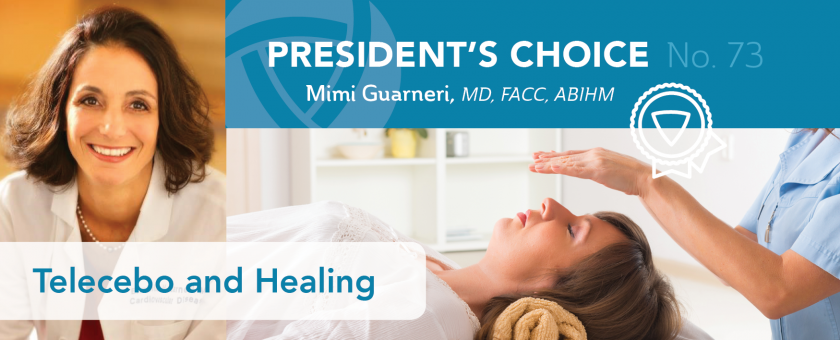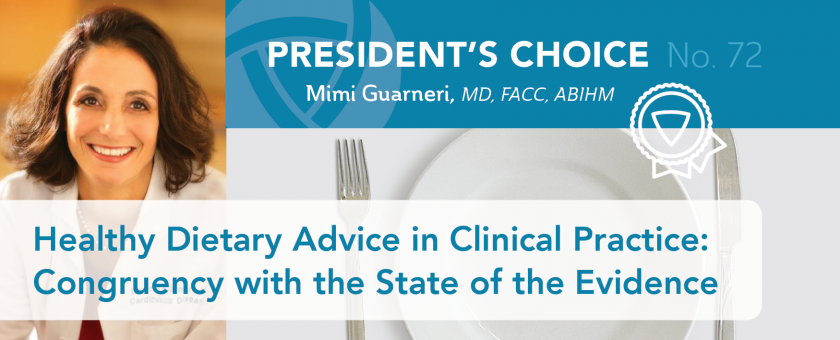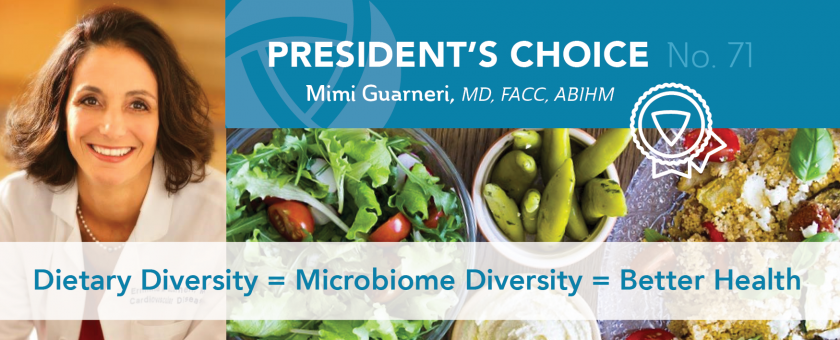
AIHM PRESIDENT’S CHOICE NO. 67: GOOD INFORMATION ON SUGARY BEVERAGE TAX EFFECTS
May 4, 2017
AIHM PRESIDENT’S CHOICE NO. 65: NICOTINAMIDE FOR CHEMOPREVENTION OF NONMELANOMA SKIN CANCER
May 4, 2017AIHM PRESIDENT’S CHOICE NO. 62: PHYSIOLOGICAL IMPACT OF HOSPITALIZATION
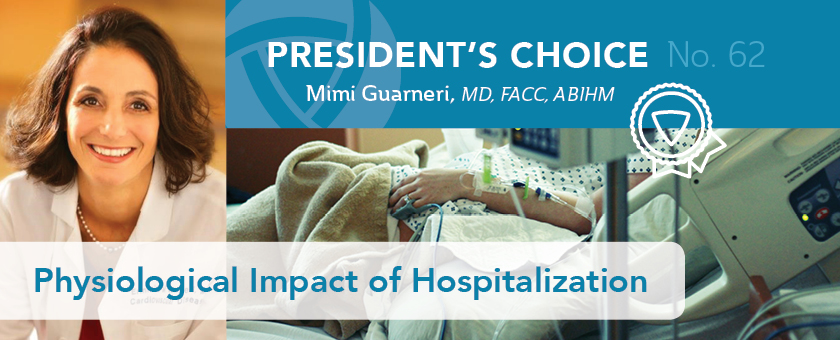
Strange but true—Hospitalized patients are at high risk of malnutrition and sleep deprivation.
I love it when we realize the value of wholesome approaches to complex problems in high tech medicine today. In his BMJ Quality & Safety article, Sleep deprivation and starvation in hospitalised patients: how medical care can harm patients, Dr. Martin Makary of Johns Hopkins does a terrific job of demonstrating the adverse effects of routinely withholding food and sleep from patients when they need it most! Clearly, we have lost our way in the delivery of health care in hospitals.
Sleep deprivation and malnutrition are described as physiologic stressors that predispose patients to additional complications, including immunocompromise requiring rehospitalization.
He offers this common scenario:
Consider a 65-year-old woman who presents to the emergency department (ED) for pneumonia. She has not eaten or had anything to drink for a few days due to not feeling well. Because the doctors are unsure if the admitting doctor may want to perform a procedure, she is placed on nil per os (NPO) status until the admitting team can come to evaluate her. The patient waits in a noisy ED with devices beeping and people talking loudly outside her room, shared with another patient—a room she will stay in for an additional full day since the hospital ward is full. Including the time in the ED waiting room, and waiting for an admitting service to arrive, the patient spends nearly 12 hours until she is seen by the trainee rotating on the pulmonary service, who keeps the patient NPO until the senior staff physician is available to hear the patient’s full story.
Now, on hospital day #2, the consultant decides to perform a bronchoscopy, but, because it is unclear whether the endoscopy suite will have the support staff to accommodate the procedure the next day, the patient is put on a wait list and stays NPO in the meantime. The following day, it is performed as the last case of the day. The next afternoon the patient is fed for the first time in 6 days with soup and Jell-O, including the 3 days the patient did not eat before presenting to the hospital. Ultimately, her diet is slowly advanced, and the patient is discharged a few days later. Four days later, the patient is readmitted complaining of the same symptoms for which she initially presented. She is managed expectantly and discharged again 2 days later in a weak and frail state. She is asked to complete a patient satisfaction survey and responds with a low-satisfaction rating of her experience.
…And then he asks what we could do better toward the end of keeping patients rested and nourished, and therefore better equipped to heal.
He points out that malnutrition affects up to half of all hospitalized patients, which can lead to inflammation, muscle breakdown, and organ damage. And of course wound healing can be compromised.
 The good news is that Enhanced Recovery after Surgery (ERAS) protocols do exist, which serve as a model to restore physiological function and facilitate recovery. The guidelines are based on evidence that prolonging fasting after GI surgery actually increases the risk of infection and does not reduce risk of dehiscence. At Johns Hopkins, they noted that implementing the comprehensiveERAS protocol has led to significant reduction in post op complications and hospital stay time, in addition to improving patient satisfaction. Some of those elements include nutritional optimization before surgery, carbohydrate beverages a few hours before surgery, pre-emptive treatment of nausea and vomiting, avoidance of narcotics, early mobility post surgery, avoidance of post op fasting with early resumption of oral intake, and avoiding tubes and drains.
The good news is that Enhanced Recovery after Surgery (ERAS) protocols do exist, which serve as a model to restore physiological function and facilitate recovery. The guidelines are based on evidence that prolonging fasting after GI surgery actually increases the risk of infection and does not reduce risk of dehiscence. At Johns Hopkins, they noted that implementing the comprehensiveERAS protocol has led to significant reduction in post op complications and hospital stay time, in addition to improving patient satisfaction. Some of those elements include nutritional optimization before surgery, carbohydrate beverages a few hours before surgery, pre-emptive treatment of nausea and vomiting, avoidance of narcotics, early mobility post surgery, avoidance of post op fasting with early resumption of oral intake, and avoiding tubes and drains.
Beyond patients who have had surgery, of course these guidelines apply to others. Patients can be evaluated for nutritional supplements…for example, arginine and fish oil have been found to reduce surgical site infections and length of stay. Multimodal pain management is of course important, as well. Hospital staff should be trained to question a patient’s dietary status frequently.
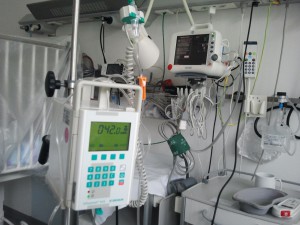 As far as rest goes, we all know that hospitals are among the worst places for a successful full night’s sleep.
As far as rest goes, we all know that hospitals are among the worst places for a successful full night’s sleep.
In addition to requiring that hospitals keep noise levels below 35 dB at night and 40 dB during the day, other measures can be employed. When ceiling tiles with sound-absorbing surfaces were used, researchers found a significant reduction in sympathetic arousal and intravenous β-blocker use, in addition to a significant reduction in 90-day readmissions in the group with quieter rooms. Vital signs may be collected too often and actually be detrimental to the patients’ well-being and represent staff labour than can be diverted from low-risk patients to those at greater risk of physiological collapse. Hospitals can conduct noise studies, obtain more feedback from patients on the most disruptive sources of noise and aim to mitigate them. There may be even simpler interventions, such as encouraging use of personal or furnished noise-reduction headphones, eye masks, massage and music therapy, and placing art in hospital rooms to promote relaxation. Enabling patients to enjoy restful sleep through these simple interventions can dramatically improve the overall patient experience, and may reduce preventable harm caused by these hospital stressors.
Dr. Makary concludes by saying:
“The benefits of rest and nutrition may be underrepresented in the current medical literature. This is a field that may benefit from more interventional research to demonstrate the effectiveness of addressing a patient’s basic needs. Nevertheless, hospitals can reduce these physiological stressors by designing more patient-centred hospital systems. As we seek to improve quality through patient-centredness, basic human needs are important in the context of complex medical care. We should view hospitals as healing environments rather than isolated clinical spaces and design patient care accordingly.”
Amen to that! Time to take a hard look at ourselves. We can do better.
Blessings on your journey,
Mimi Guarneri, MD, FACC, ABIHM
AIHM President

